Sclerotherapy
Leg veins are a common condition affecting over half of the adult population. They are caused by a combination of genetic factors and lifestyle circumstances including hormone therapy, pregnancy, prolonged standing or sitting, as well as blunt trauma. The diagnosis of venous disorder encompasses a wide clinical spectrum from small broken blood vessels called spider veins called “telangiectasias” to large, sometimes painful bulging veins called varicose veins.
The mildest form of venous disease is
spider veins or “telangiectasias.” These red to red-purple veins of very small diameter most commonly occur on the lower legs but may also be present on the thighs and occasionally other areas of the body. If no other obvious signs of venous disease is present, spider veins are quite amenable to treatment with sclerotherapy.
Varicose veins can lead to a chronic swelling condition of the leg called venous insufficiency. Venous insufficiency predisposes a person to leg swelling, blood clots, and skin ulceration. Even more frequently, damaged veins are manifested as unsightly spider veins. The destruction of these types of veins can be desirable both medically and cosmetically.
The majority of veins can be treated with sclerotherapy or injection of leg veins, although occasionally light and laser technologies are utilized for very small or very large leg veins. In addition to improving the appearance of varicose and spider veins, sclerotherapy can also improve related symptoms, such as aching, swelling, burning and night cramps.
Sclerotherapy is a highly effective therapy that involves the injection of small amounts of solution through a tiny needle. The solution irritates the center of the vein so that it collapses on itself and is eventually absorbed by the body. Healthy people who complain of unsightly superficial veins of small caliber (4 mm or less) are good candidates for sclerotherapy.
What to expect:
Treatment
This is a minimally invasive procedure done in the office with no anesthesia required. Sclerotherapy is administered with a very small needle. The number of injections will depend on the treatment area as well as the type and severity of the vein issue. The best results are achieved with a series of treatment sessions and some maintenance over time.
- Aftercare: Patients should wear compression socks for one to three weeks after treatment. Graduated compression socks are an important mainstay of continued treatment in significant vein disease. This is especially important in individuals that must endure prolonged standing on a regular basis, or long period of inactivity (such as long plane flights or car rides).
Results
Injection of the sclerotherapy agent causes immediate effect in the injected vein. Each area usually requires several treatments. Treatments are scheduled 2-4 weeks apart, and usually require two or more visits. The average number of visits is 3-6, but patients with many veins or veins that have been present for many years may require more sessions.
Downtime
None. You may return to your usual activities right away.
Side Effects
Sclerotherapy does not cause many side effects. In some cases, patients may experience minor swelling, discoloration, and/or bruising, although these normally resolve in 7-10 days.
Complications
As with any treatment, there are risks associated which include bruising, raised red areas, small skin sores or ulcers, darkened skin in the form of lines or spots and multiple tiny red blood vessels. More severe complications rarely occur, including inflammation, blood clots and an allergic reaction to the treatment solution. In any cosmetic procedure, risks are minimized in the hands of a licensed physician.

